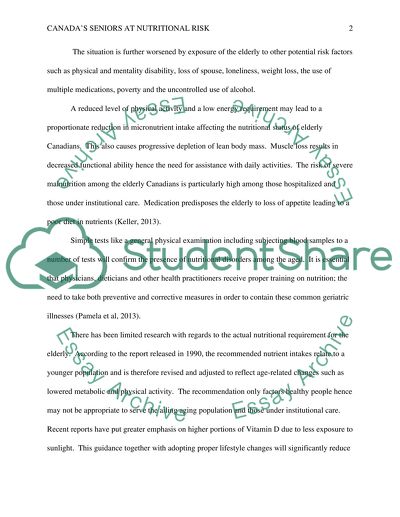Cite this document
(“Canada's Seniors at Nutritional Risk Term Paper”, n.d.)
Retrieved from https://studentshare.org/health-sciences-medicine/1489368-canadas-seniors-at-nutritional-risk
Retrieved from https://studentshare.org/health-sciences-medicine/1489368-canadas-seniors-at-nutritional-risk
(Canada'S Seniors at Nutritional Risk Term Paper)
https://studentshare.org/health-sciences-medicine/1489368-canadas-seniors-at-nutritional-risk.
https://studentshare.org/health-sciences-medicine/1489368-canadas-seniors-at-nutritional-risk.
“Canada'S Seniors at Nutritional Risk Term Paper”, n.d. https://studentshare.org/health-sciences-medicine/1489368-canadas-seniors-at-nutritional-risk.


